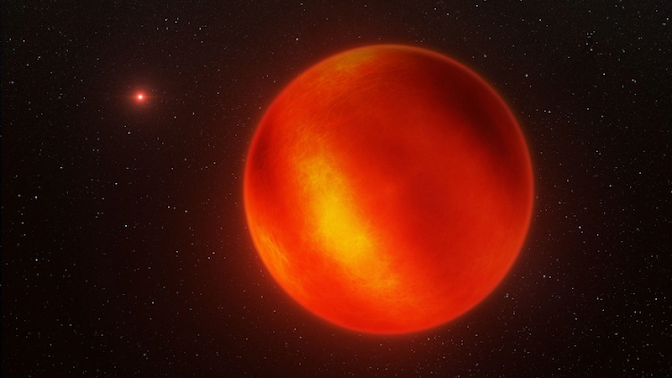Wise 1049AB, a binary system comprising two sub-brown dwarfs, presents a fascinating enigma in the realm of astronomy. Positioned approximately 63 light-years away in the Ophiuchus constellation, this system offers invaluable insights into the birth and evolution of objects at the extreme fringes of stellar classification.
Sub-Brown Dwarfs: A Detailed Examination
Sub-brown dwarfs are celestial bodies with masses insufficient to initiate and sustain nuclear fusion. They occupy a unique position between gas giants and brown dwarfs. The constituents of Wise 1049AB are exceptionally low-mass, each possessing less than 5% of the Sun’s mass, firmly placing them in the category of sub-brown dwarfs.
The Intriguing Nature of Wise 1049AB
- Mass and Temperature: With masses significantly lower than even the smallest stars, the components of Wise 1049AB exhibit exceptionally low internal temperatures. This results in a predominant infrared emission, making their detection challenging in visible light.
- Orbital Dynamics: The binary system showcases a relatively wide orbital separation, an unusual characteristic for such low-mass objects. This suggests a complex formation process or external influences.
- Age and Composition: Wise 1049AB is estimated to be relatively young, providing a valuable opportunity to study the initial stages of formation for sub-brown dwarfs. Detailed spectroscopic analysis can reveal insights into the composition of these objects, including the presence of elements and compounds.
Formation and Evolutionary Trajectory
The formation mechanisms of sub-brown dwarfs remain a subject of ongoing research. Conventional theories of star formation often struggle to account for such low-mass objects. Possible formation scenarios include:
- Core Accretion: Gradual accumulation of gas and dust within a collapsing molecular cloud.
- Disk Instability: Fragmentation of a protoplanetary disk leading to the formation of low-mass objects.
Understanding the evolutionary path of Wise 1049AB is crucial. Will these objects maintain their current state, or will they undergo further transformations over billions of years? Factors such as mass loss, cooling rates, and potential interactions with other celestial bodies will influence their long-term evolution.
Scientific Significance
The study of Wise 1049AB offers several key contributions to the field of astronomy:
- Expanding the Boundaries of Star Formation: This system challenges traditional models of star formation and provides valuable data for refining theories.
- Potential Exoplanet Hunting Ground: While the conditions for life as we know it are unlikely, the possibility of exoplanets orbiting these sub-brown dwarfs cannot be entirely dismissed.
- Understanding the Universe's Building Blocks: Sub-brown dwarfs represent a unique component of the cosmic inventory, and their study contributes to our comprehensive understanding of the universe's composition and evolution.
Future Research Endeavours
Continued observations and analysis of Wise 1049AB are essential to unravel the mysteries surrounding these enigmatic objects. Future research may focus on:
- High-resolution spectroscopy to determine precise atmospheric composition and temperature profiles.
- Long-term monitoring of orbital dynamics to detect potential perturbations or instabilities.
- Theoretical modelling to explore various formation and evolutionary scenarios.




Comments
Post a Comment